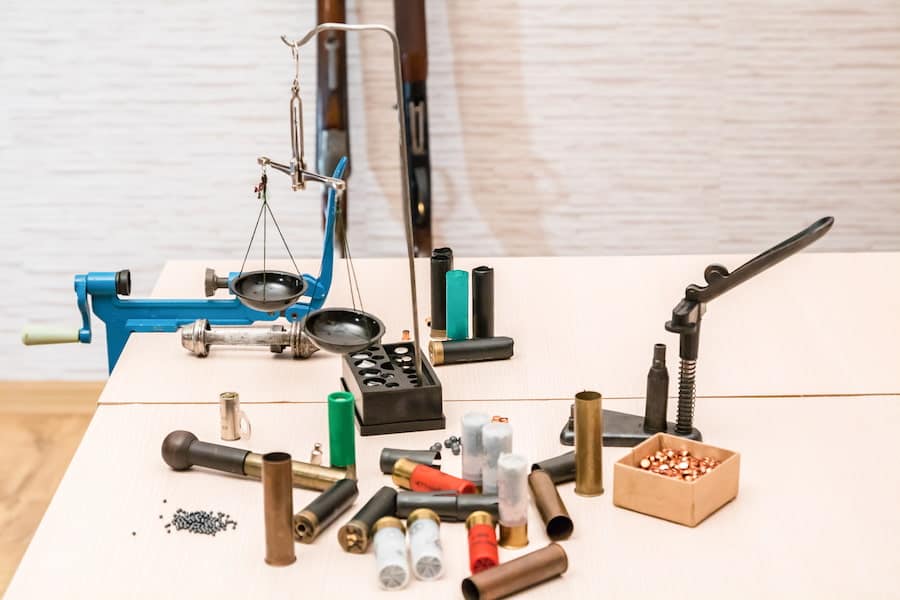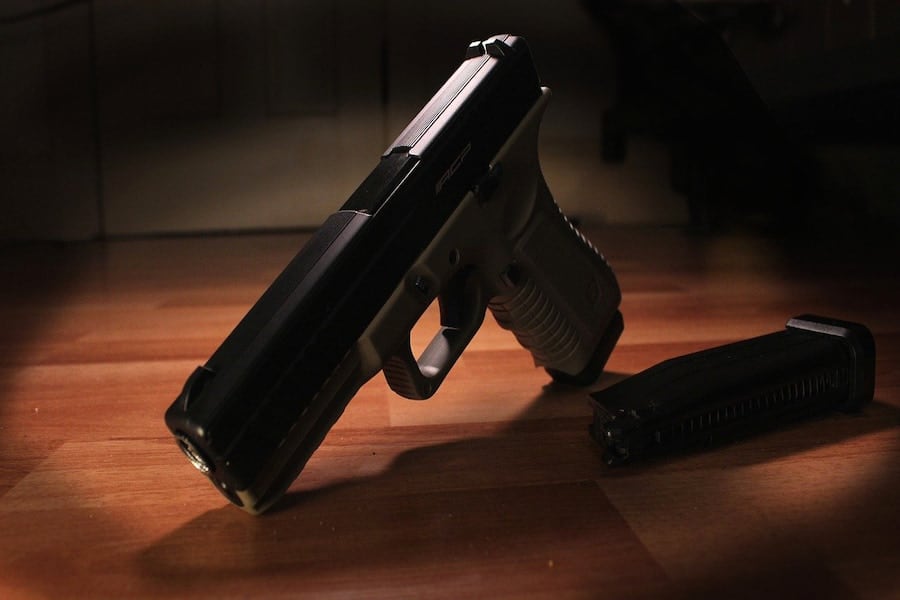As an Amazon Associate we earn from qualifying purchases.
Measuring powder is a process that reloaders go through to reuse their bullets. However, most first-time reloaders don’t know how the powder is measured. They often ask other gun owners why is powder measured in grains?
Contents
Why Is Powder Measured in Grains?
Powder is measured in grains because the weight is so small when done in the metric system. However, some weighing tools do use grams. Therefore, it’s not grains all the time when you’re measuring powder.

In fact, most reloaders use grams to measure powder. Do know that most ammunition manufacturers use grains so you may want to know grains to grams conversion. It’s up to you to decide what unit of measurement you want to use.
Is Powder Measured in Grains in Reloading?
Most reloaders use grams for measuring powder in reloading. However, the trend nowadays has shifted to more people using grains. Before, people used grams because grains were a confusing measurement.
The unit of measurement for weight is grains. The unit of measurement for volume is also grains. This is why most first-time reloaders find it confusing to use grains at first.
Once you differentiate between the two, grain is actually more convenient than using grams. Since most ammo manufacturers also use grain, it’s easier for you to follow their reloading manual.
Is Powder Measured in Grains in Manufacturing?
As said before, manufacturers use grains in their ammunition. In fact, their ammunition box contains the caliber followed by weight (which is in grains). Also, most reloading manuals use grains as the unit of measurement.
Is Grains Better?
It’s a matter of personal choice. Most people prefer using grains. Personally, grains are more convenient. Unless you wanna use a lot of decimal numbers for grams. The manufacturers use them and most reloaders use them too.
The Importance of Measuring Powder
Measuring powder or knowing how many grains your ammo weighs is important:
- The weight of ammo affects how it flies and travels toward the target. It also affects how much power it can do damage to the target.
- A heavier bullet travels slower. However, more weight also equates to more force generated with speed. This makes heavier bullets deal more damage or penetration when it hits the target.
- Lighter bullets travel faster and have greater velocity. They are exceptional for hitting long-range targets. Hence, the reason most shooters pick lighter bullets in long-distance shooting competitions.

Related Questions
Is Grain the Amount of Powder?
Grain does not refer to the amount of powder in every bullet. Grain refers to the weight of the bullet. People often also refer to grain as the weight of only the powder. Grain can also refer to the volume of the bullet.
Does More Grain Mean More Power?
More grain doesn’t directly translate to more power. However, it is a factor for it. There are also other factors that affect firing power like bullet shape, muzzle velocity, distance, wind, and other stuff.
Conclusion
Grains seem to be the most widely used measurement for powder. You should use it instead of grams since most use grains now. Since grains can mean a lot of things, make sure you know what others or manuals mean.

